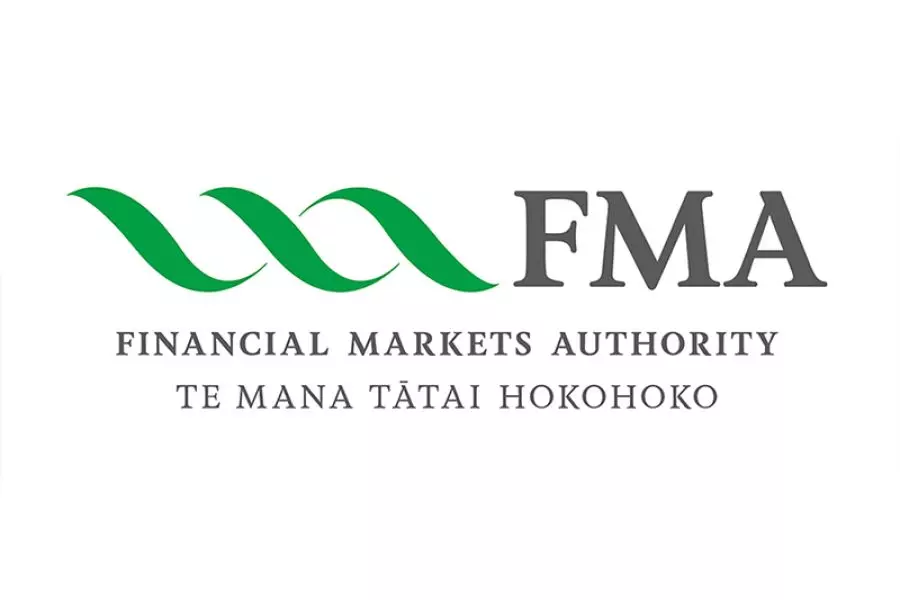News
Auckland rental market under pressure

Tuesday 9th of May 2017
Barfoot & Thompson’s latest quarterly market update shows that Auckland’s rental market is under pressure with the vacancy rate at 1% and nearly 50 prospective tenants for each rental property.
The agency’s director, Kiri Barfoot, said the city’s rental market is under strain and both landlords and tenants are beginning to feel it.
She said they recei...
Want to read the full article?
Click the button below to subscribe and will have unlimited access to full article and all other articles on the site.









![[The Wrap] Bye Bye Bayly](https://goodreturns.publit.io/file/c_fill,w_900,h_600/39f23ac1-f7c7-4854-b700-a150004ebbac.webp)